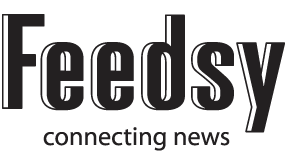Rising interest rates may be hitting household budgets hard but the rapid rate tightening has not yet triggered a wave of forced sales.
CoreLogic data shows homeowners are slightly more likely to be selling at a loss, but the number of loss-making sales has not spiked dramatically in line with the sharp decline in dwelling values.
One of the fastest rate-tightening periods in decades has sparked a 7 per cent decline in home prices from the peak.
Despite the sharp downturn, home prices are still at least 25 per cent higher than March 2020 levels in most locations.
Indeed, new resales data shows markets enduring long-term depressed growth, such as mining towns and high-density investment sectors, remain the epicentre of loss-making sales.
Perth’s housing market, which endured a 20 per cent fall from peak to trough between 2014 and 2019, accounted for about 21 per cent of loss-making resales across Australia in the September quarter.
And with the median hold period 8.8 years for homes in the city, it’s most likely these sales were voluntary decisions rather than sales triggered by financial troubles.
CoreLogic head of research Eliza Owen said there had been no material lift in distressed sales over the September quarter but the outlook for 2023 was more concerning.
She warned many mortgage holders were due to come off their low fixed-rate loans next year and would be forced onto much higher variable rate options, which could prompt more people to sell.
However, the strong jobs market is likely to keep most households out of trouble as the majority of homeowners have a steady income.
“With home values generally still above pre-pandemic levels, there is likely to be a ceiling on the rate of loss-making sales observed in the coming quarters,” Ms Owen said.
She said selling activity had trended lower throughout the downturn, with new listings down 13.5 per cent compared to normal September levels.
The report revealed a slight decline in resales made with a nominal gain, from 93.3 per cent in the September quarter, down from a recent high of 94.2 per cent in the three months to May.
Poppy Johnston
(Australian Associated Press)





